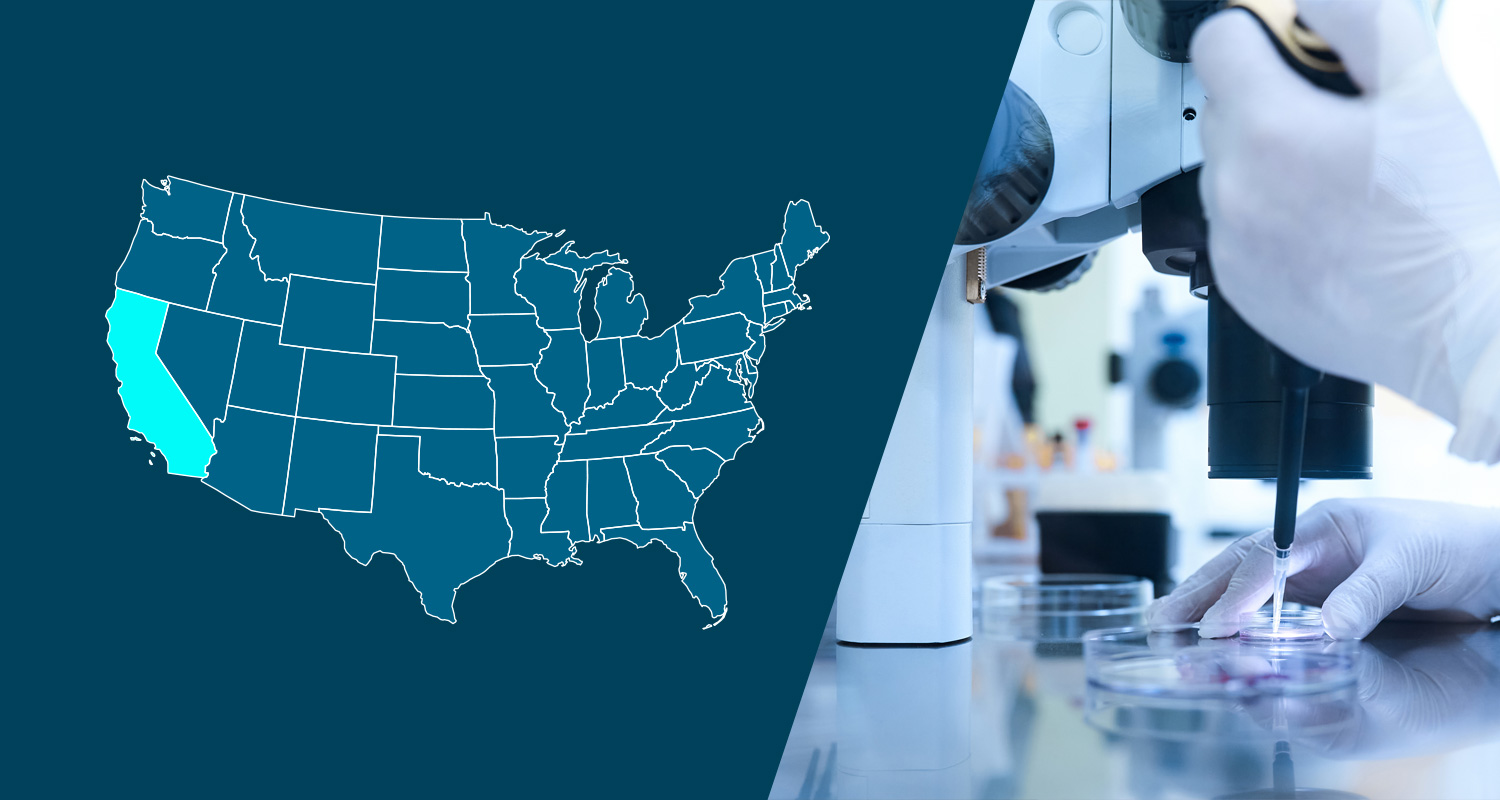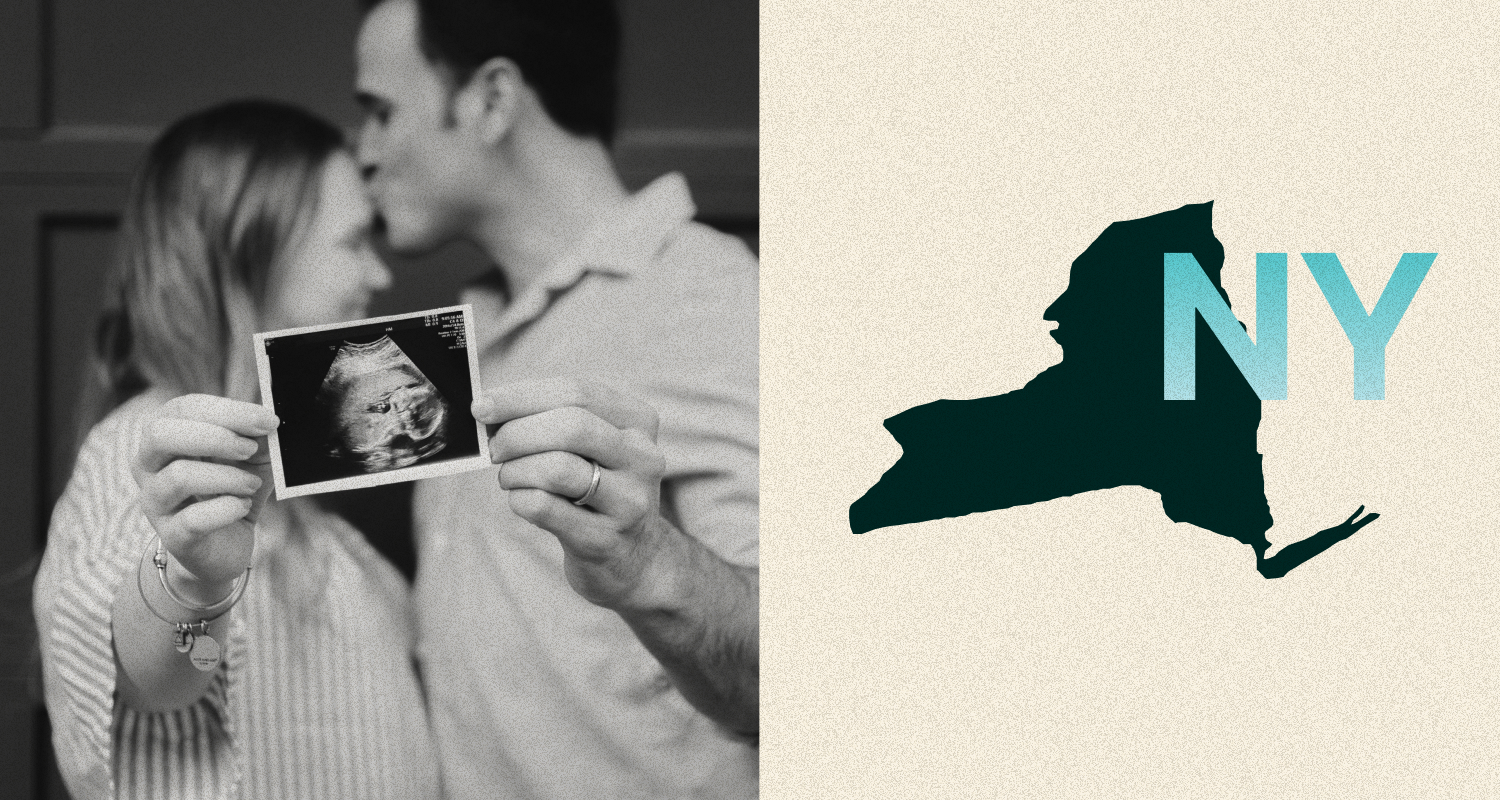On March 28, 2019, a United States District Court found parts of the Department of Labor (DOL) final rule on Associated Health Plans (AHPs) unlawful. Specifically, the Court held that final rule was an unreasonable interpretation of the Employee Retirement Income Security Act of 1974 (ERISA) and circumvented protections afforded under the Affordable Care Act (ACA). The final rule and the holding are further discussed below.
Background
The DOL issued its final rule on AHPs on June 21, 2018 (“Final Rule”). The Final Rule gave associations and sole proprietors access to healthcare options previously offered to only large employers.
The Final Rule was made pursuant to an October 2017 Executive Order by President Trump, which directed the DOL to expand access of AHPs to small businesses to enable them to avoid the costs of the ACA. The Final Rule did this by relaxing the criteria for establishing AHPs and allowed sole proprietors to join “bona fide associations” and participate in AHPs, which marked a significant departure from the prior working regulations on AHPs.
The Final Rule did give states the right to restrict the formation of the new AHPs. As such, many states have required AHPs to comply with the state’s small-group insurance rules, thereby eliminating the regulatory advantage of the new Final Rule.
In July 2018, eleven States and Washington D.C. challenged the Final Rule, arguing that it allowed employers to circumvent key provisions of the ACA.
Impact of the Final Rule
The Final Rule made it easier for associations to sponsor an AHP subject to ACA large group market rules, thus giving small employers and sole proprietors the ability to avoid individual and small group ACA requirements. Even though these associations were subject to large group market rules, the Final Rules did not subject the AHPs to large group penalties. Therefore, the Final Rule enabled bona fide associations access to the large group insurance market while avoiding the regulatory requirements of large employers.
Old Rule v. New Rule
Under ERISA, only groups or associations that were “bona fide,” or displayed employer-like characteristics, could sponsor an AHP. The old regulations had three criteria for determining whether a group or association was a “bona fide association”: whether the association had (1) a purpose unrelated to the provision of benefits; (2) commonality of interest unrelated to the provision of benefits; and (3) control over the benefits program.
The Final Rule relaxed two criteria, the purpose test and commonality of interest:
- Purpose Test: Under the new Final Rule, an association’s primary purpose could be providing health coverage as long as it had at least one substantial business purpose. In the old rule, associations must have had a business purpose and function unrelated to the provision of benefits and be viable organizations separate from the provision of benefits.
- Commonality of Interest: Under the new Final Rule, associations could satisfy the commonality of interest requirement if the association had common geography. Geography, alone, was insufficient to establish commonality under the old rule.
The Court found that the relaxed requirements under the Final Rule were unreasonable interpretations of ERISA because they failed to set meaningful limits on the associations that would qualify as “bona fide associations.”
In addition, the Court found that the Final Rule allowing sole proprietors to join and receive benefits from AHPs went against Congressional intent and was contrary to the text of ERISA because sole proprietors were not “employers” under ERISA.
A comparison of the old rule and the new Final Rule is outlined below:
| Old DOL Rule | New DOL Final Rule | |
| Purpose Test | Associations must have a business purpose and function unrelated to the provision of benefits. Associations must be viable organizations without providing an AHP.
|
Associations’ primary purpose can be providing health coverage as long as it has “at least one substantial business purpose” unrelated to the provision of healthcare. |
| Commonality of Interest | Employers in the association must share some commonality unrelated to the provision of benefits (such as a trade, business or profession). Geography, alone, is insufficient to establish commonality.
|
Employers can satisfy commonality of interest if they have a common trade, business, or profession, or a principal place of business in the same geographic area. |
| Control | Employers in the association must directly or indirectly exercise control over the benefit program, such as nominating, electing and removing directors and approving or vetoing material amendments.
|
Same as the old rule. |
| Working Owners or Sole Proprietors | Working owners or sole proprietors without employees cannot join bona fide associations and cannot participate in AHPs. | Working owners or sole proprietors without employees can join bona fide associations and can participate in AHPs. |
Ruling
The Court held that the “bona fide association” and sole proprietor provisions of the Final Rule, codified as 29 C.F.R. 2510.3(b), (c) and (e), were unlawful.
DOL Response to the Court Ruling
After the March 28, 2019 District Court ruling, the DOL issued two FAQs and a statement to address questions related to the ruling. The FAQs stated that the DOL and Department of Health and Human Services will not pursue enforcement actions against parties for violations made on good faith reliance on the final rule before the ruling, as long as participants and beneficiaries have their health claims paid as promised. However, AHPs that were formed under the invalidated final rule cannot market or enroll new members.
On April 26, 2019, the DOL filed a notice of appeal.
Conclusion
For now, the Final Rules expanding access to AHPs are considered unlawful and AHPs can only be formed according to the old stricter rule. The DOL plans to appeal the ruling and the future of the Final Rule remains to be seen.
Additional Resources:
DOL statement on ruling in NY v. DOL
Court’s Opinion: State of New York, et al. v. United States Department of Labor, et al.
The information and materials on this blog are provided for informational purposes only and are not intended to constitute legal or tax advice. Information provided in this blog may not reflect the most current legal developments and may vary by jurisdiction. The content on this blog is for general informational purposes only and does not apply to any particular facts or circumstances. The use of this blog does not in any way establish an attorney-client relationship, nor should any such relationship be implied, and the contents do not constitute legal or tax advice. If you require legal or tax advice, please consult with a licensed attorney or tax professional in your jurisdiction. The contributing authors expressly disclaim all liability to any persons or entities with respect to any action or inaction based on the contents of this blog.


